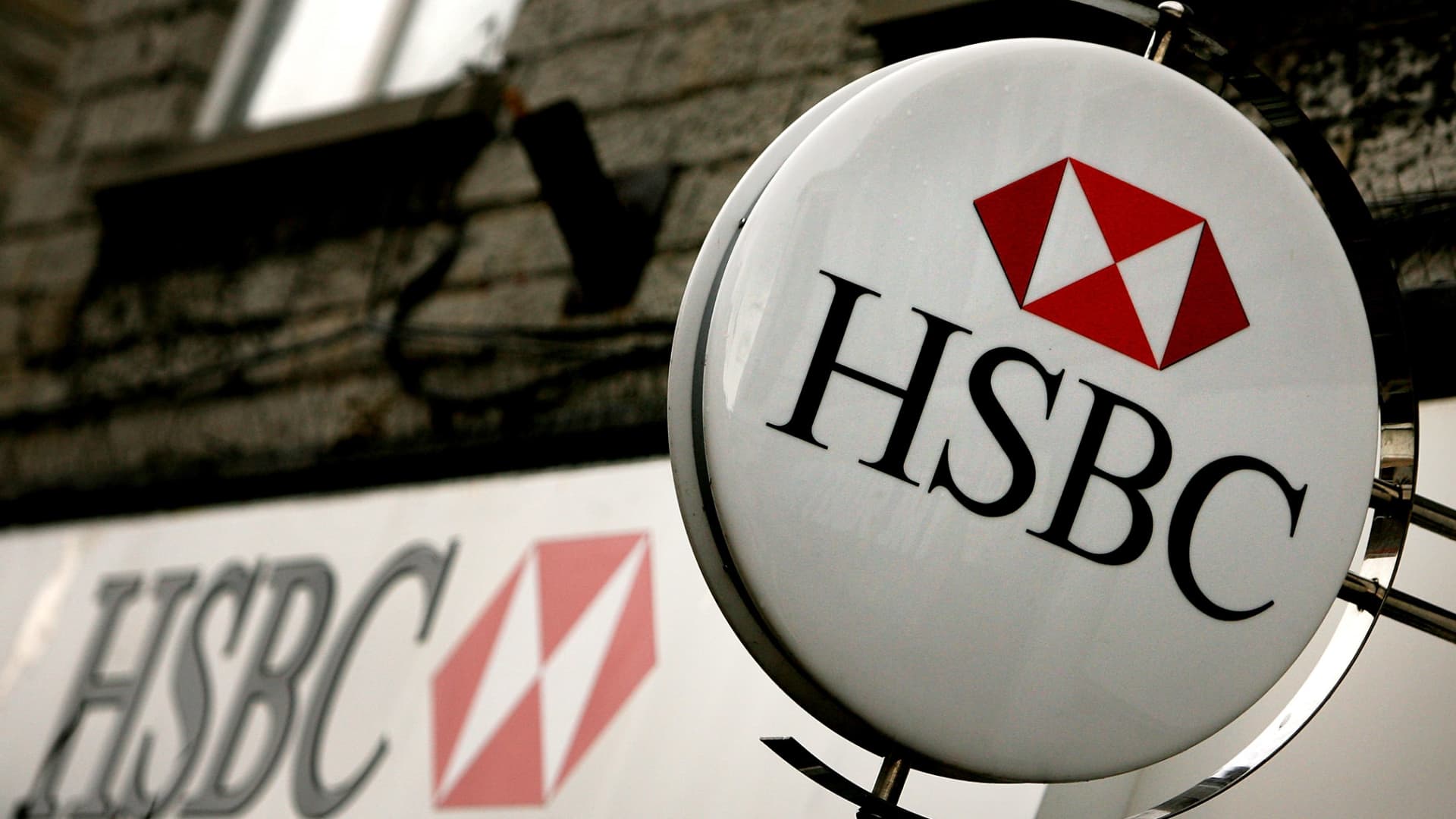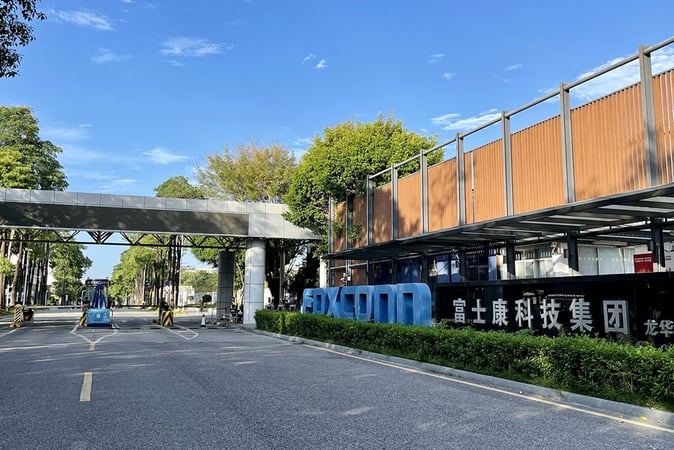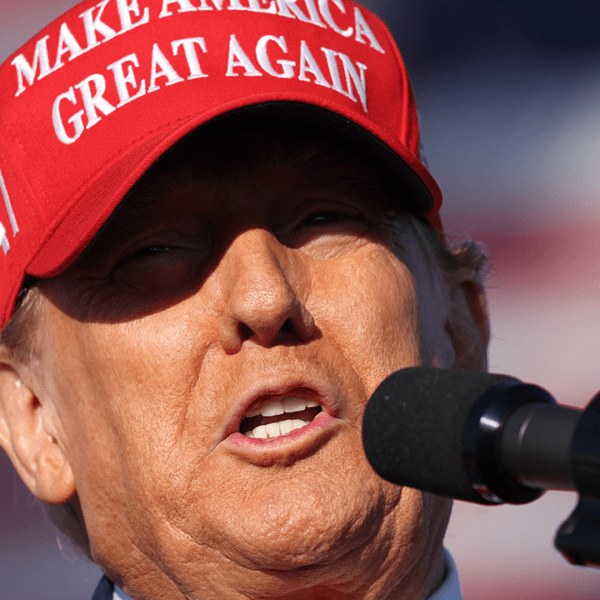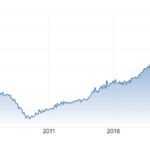As the dynamics of the operation become more difficult, the scene of Bitcoin mining is shifting. The extraordinary levels of network hashrate are causing miners to see a significant change in profitability even with Bitcoin’s almost record trading values. This evolution is tightening the margins for miners and raising questions over the future dynamics of Bitcoin mining.
Record Hashrate, Falling Income
One may anticipate miners to be making significant gains as Bitcoin trades around $63,500. Actually, the truth is really different. The hashrate of the Bitcoin network has shot to an incredible 635 exahashes per second (EH/s). This improvement in computer power has made the battle in mining even tougher.
The hashrate, which measures the computing power needed to make transactions on proof-of-work blockchains, has more than tripled since November 2021, when Bitcoin’s price was about the same. It was 161 EH/s on average.
Data from the Hashrate Index shows that the “hash price”—the daily earnings per terahash per second (TH/s)—has plunged to its lowest point in five years, now just $51.13 as of July 16. This drop suggests that the cost of extracting one block has grown, therefore lowering the profitability for individual miners even with Bitcoin’s great market value.
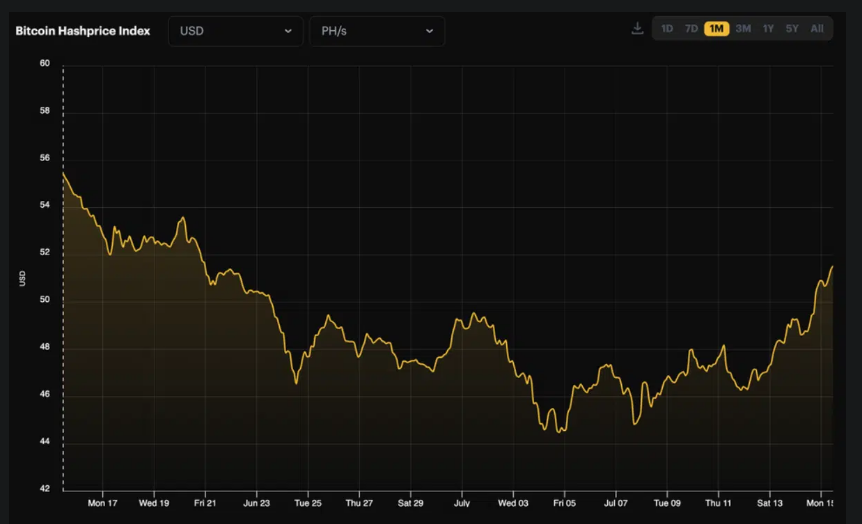
Bitcoin hashrate index. Source: Hashrate Index
Expert Views
Industry analysts are weighing in on the present situation of Bitcoin mining. Profitability for miners using SHA256 blockchains is almost a six-year low, according to Kurt Wuckert Jr., CEO and creator of Bitcoin SV mining pool Gorilla Pool. Wuckert notes that although some US-based Bitcoin mining entities are still in operation, their levels of profitability is enhanced by their stock value.
Speaking to an audience at Crypto Connect Palm Beach in Miami, Wuckert voiced his worries about the state of the market and cautioned against investing in blockchain assets or mining equipment in view of the general uncertainty.
He underlined the complexity brought about by electricity use, pointing out that miners’ significant power consumption generates profit potential via power arbitrage, therefore aggravating the economics of Bitcoin mining.
Centralization Concerns
The centralising of mining power raises increasing questions within the Bitcoin community. Two mining pools, Foundry and Antpool, have emerged as major players accountable for mining 54% of all Bitcoin blocks over the previous year, according data from Gorilla Pool’s news release and a June Bitcoin.com analysis.
By aggregating their computational capabilities, mining pools let individual miners maximise their chances of effectively extracting blocks. But this approach has resulted in a scenario whereby a small number of powerful companies control a considerable share of the hashrate of the network. Such centralising compromises the distributed character of Bitcoin, thereby increasing the vulnerability of the network to possible security risks and governance problems.
The Road Ahead
For miners, the changing economics of Bitcoin mining create a difficult and confusing surroundings. Record-high hashrates combined with dropping hash prices are pinching profitability and making miners negotiate a very competitive market.
Featured image from Pexels, chart from TradingView



